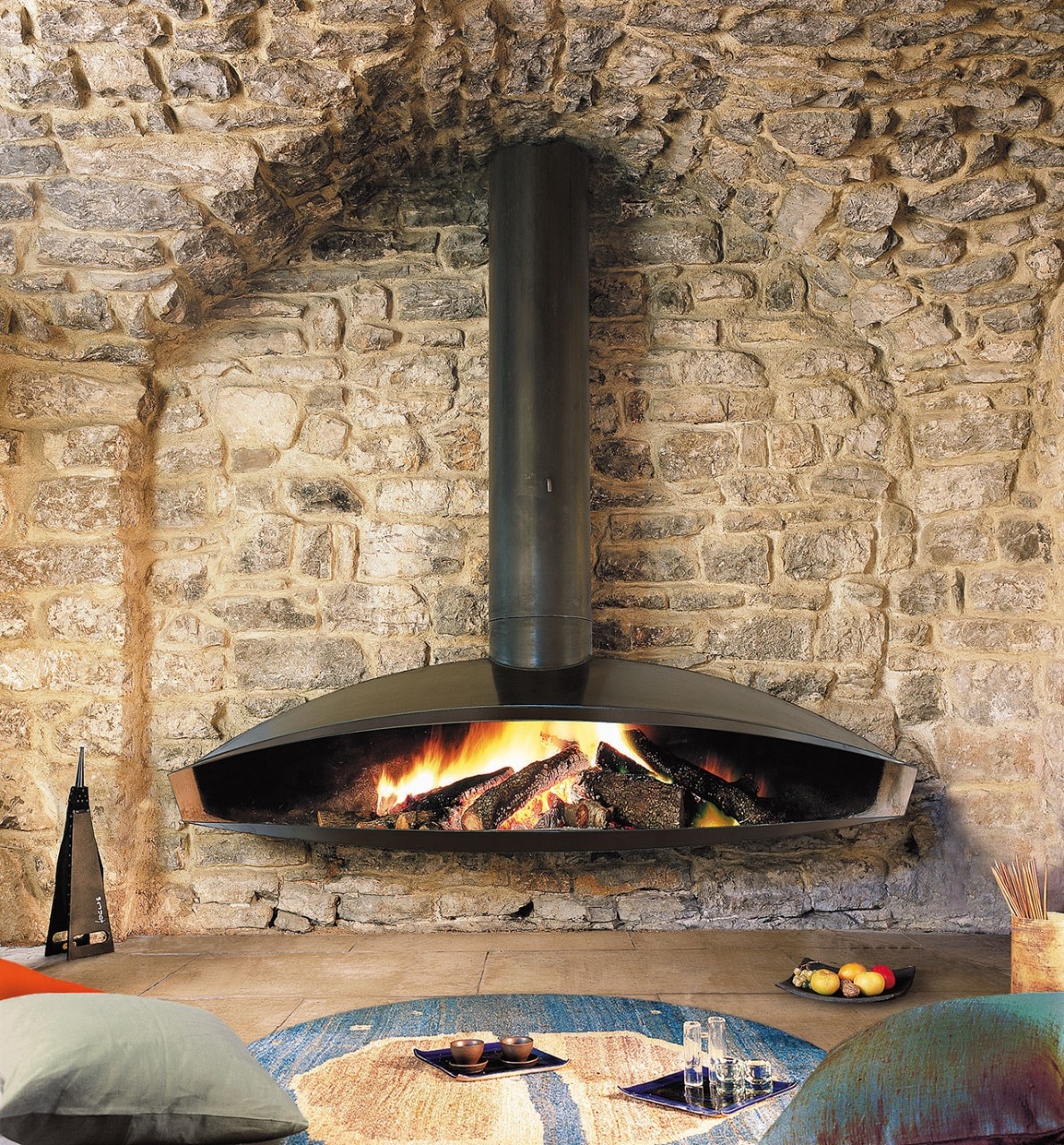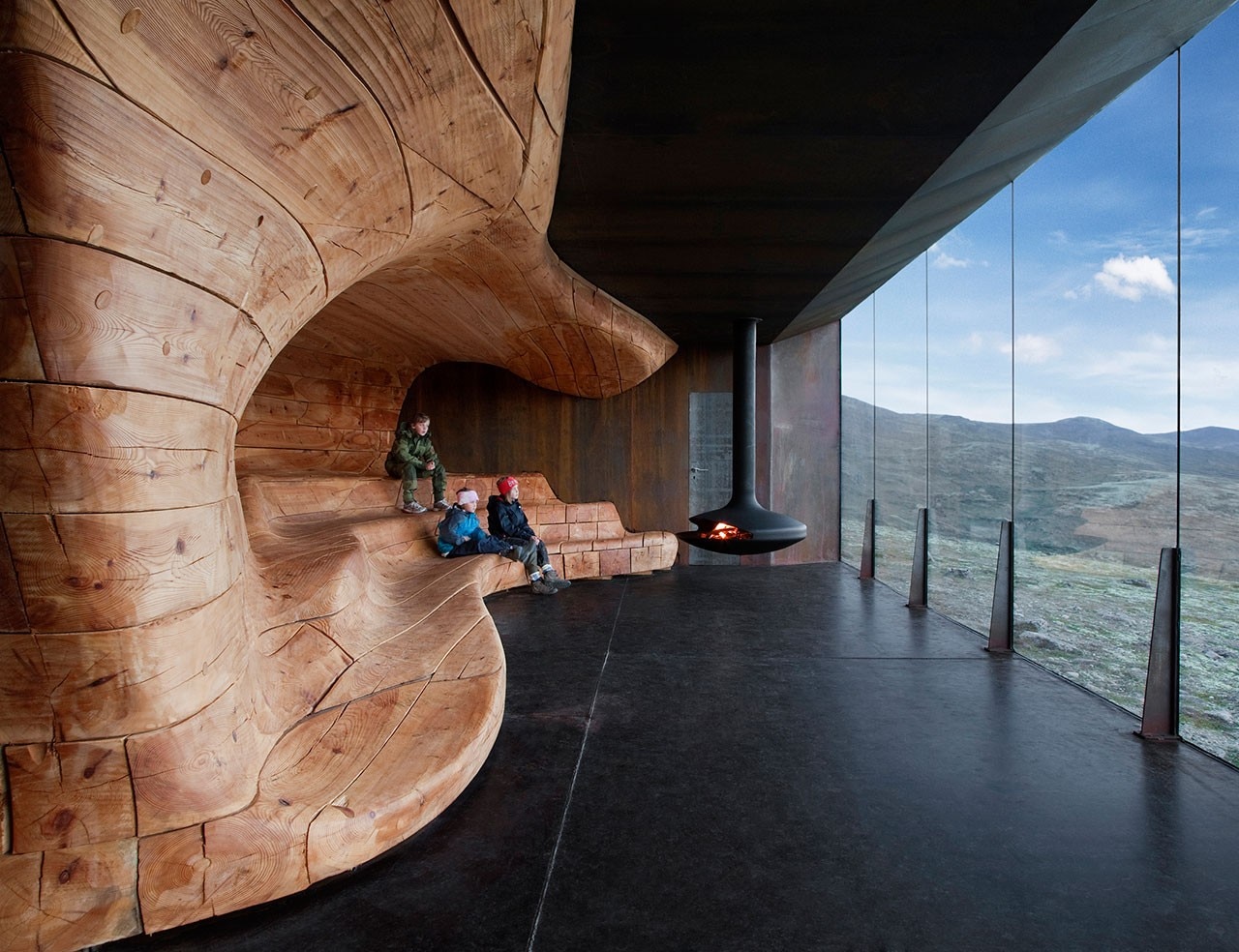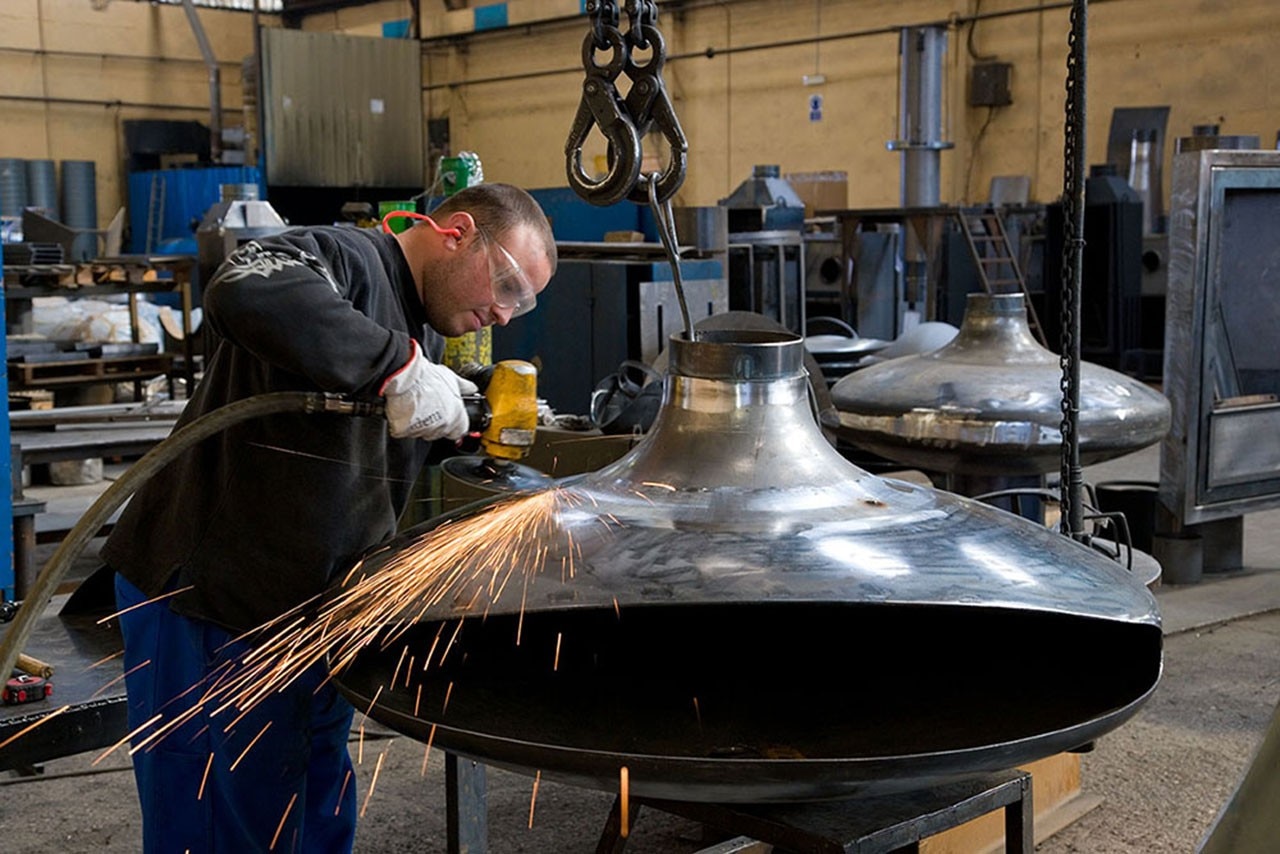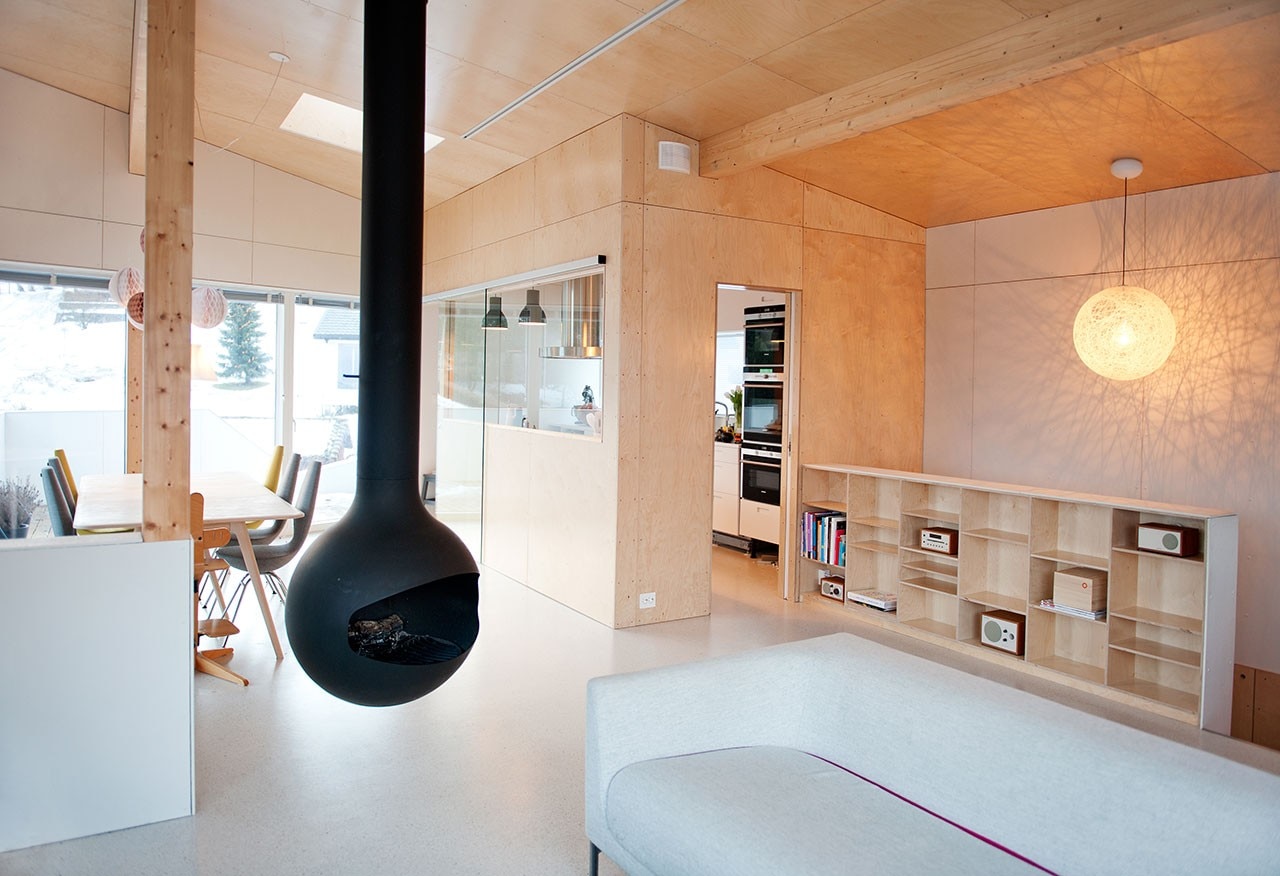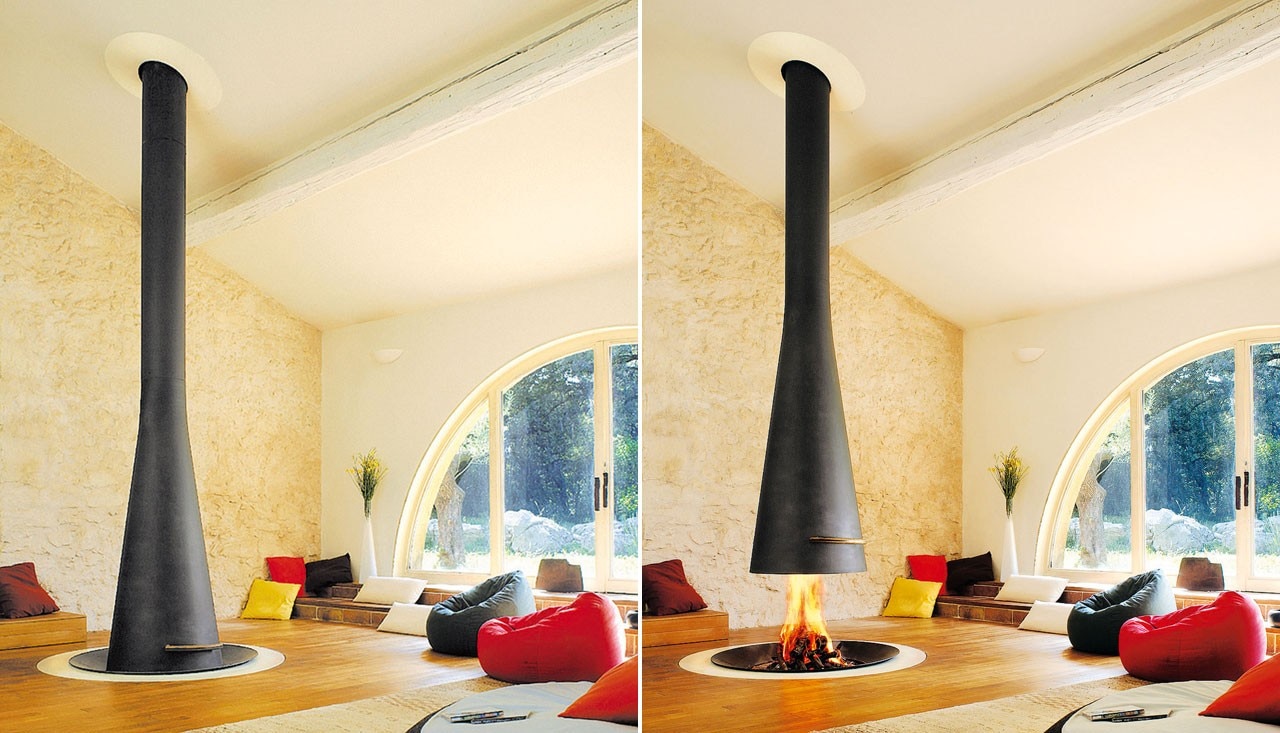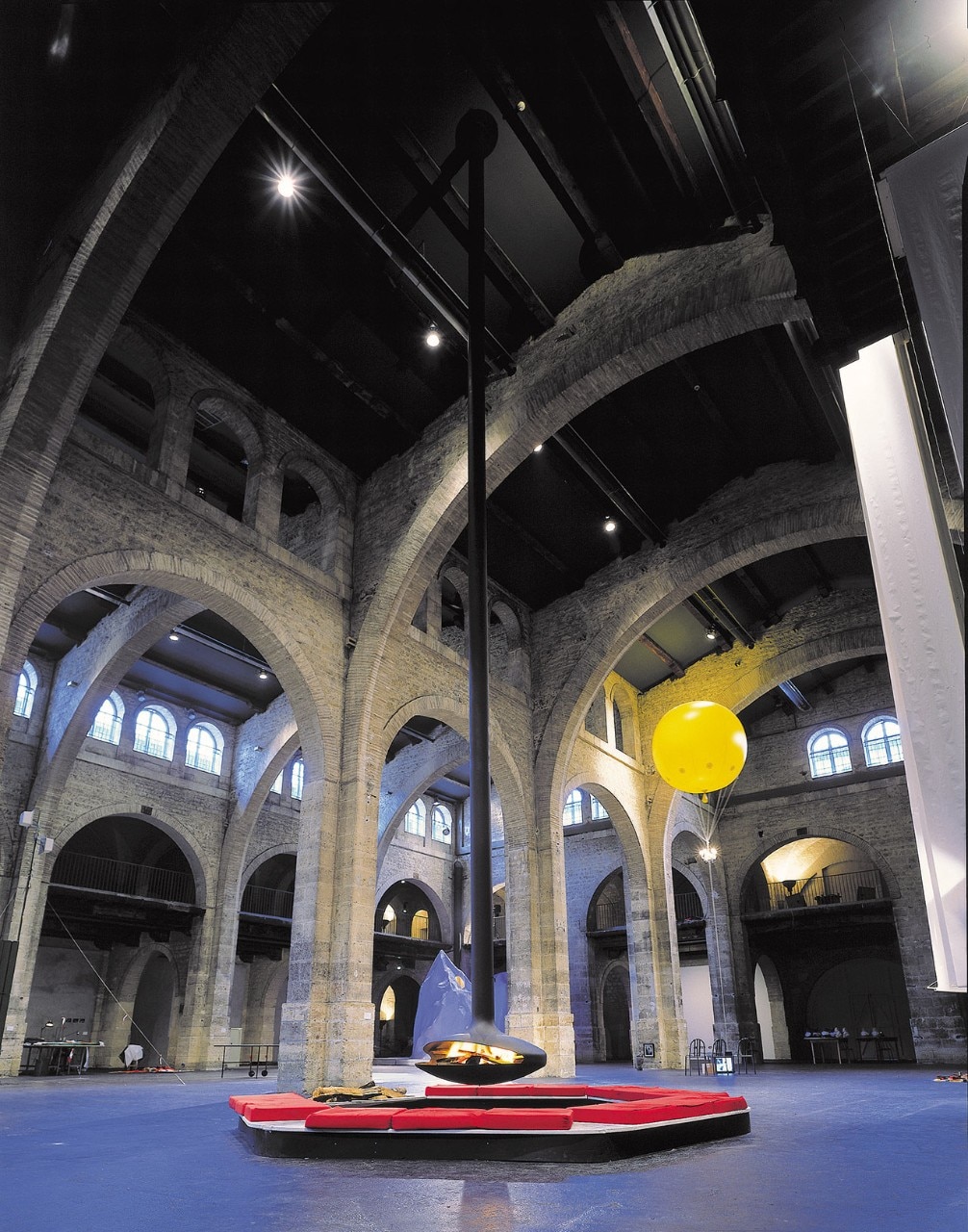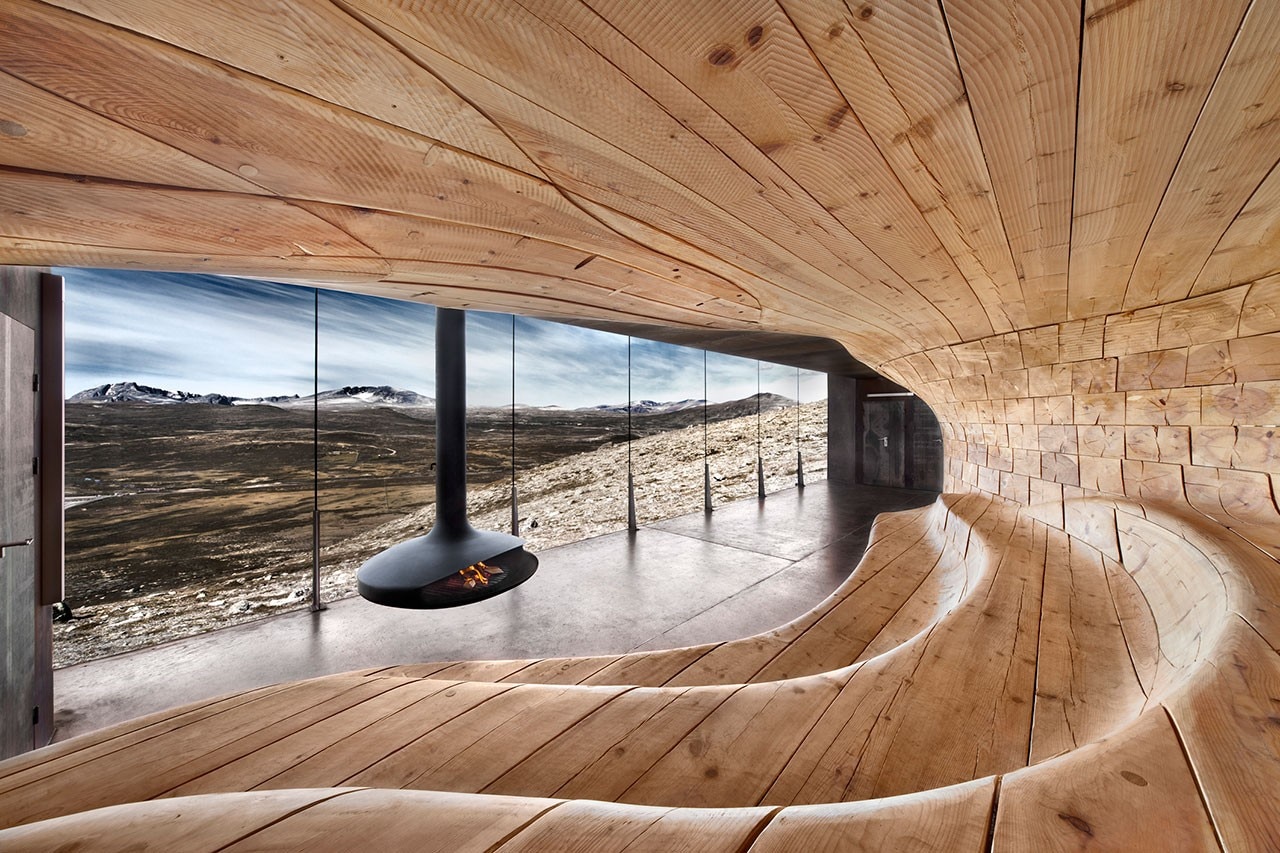Dominique Imbert’s house is an old sheep barn in the isolated countryside around Viols-le-Fort, a medieval village 25 kilometres from Montpellier. A kind of plaque next to the entrance warns us that this house and, above all, the person living in it are unusual – at least by the conventions of the design world we are used to. The writing says “Dominique Imbert was not born in this house on 28 November 1940.” In fact, the life of this French artist, subsequently also a unique kind of entrepreneur, is closely tied to these places with their rugged landscapes, stone houses and low Mediterranean vegetation.
For Dominique Imbert life is not made up of compromises or diplomatic choices. Born in 1940 in Montpellier, he studied literature in London and Paris and gained a doctorate in sociology at the Sorbonne. But in 1967 he decided to abandon teaching and return to the area he originally came from in order to work on iron sculpture and develop a studio. He bought a ramshackle building in Viols-le-Fort with a ground floor was filled with debris and waste. The building lacked a roof, water and electricity, and had a tree growing inside, but he managed to live there while he restored it.
